This Was The Most Populated County in Ireland
Do you know which Irish county had the highest population by the end of the 1800s? Well, read on and you will find out, that county is the subject of today's Letter from Ireland.
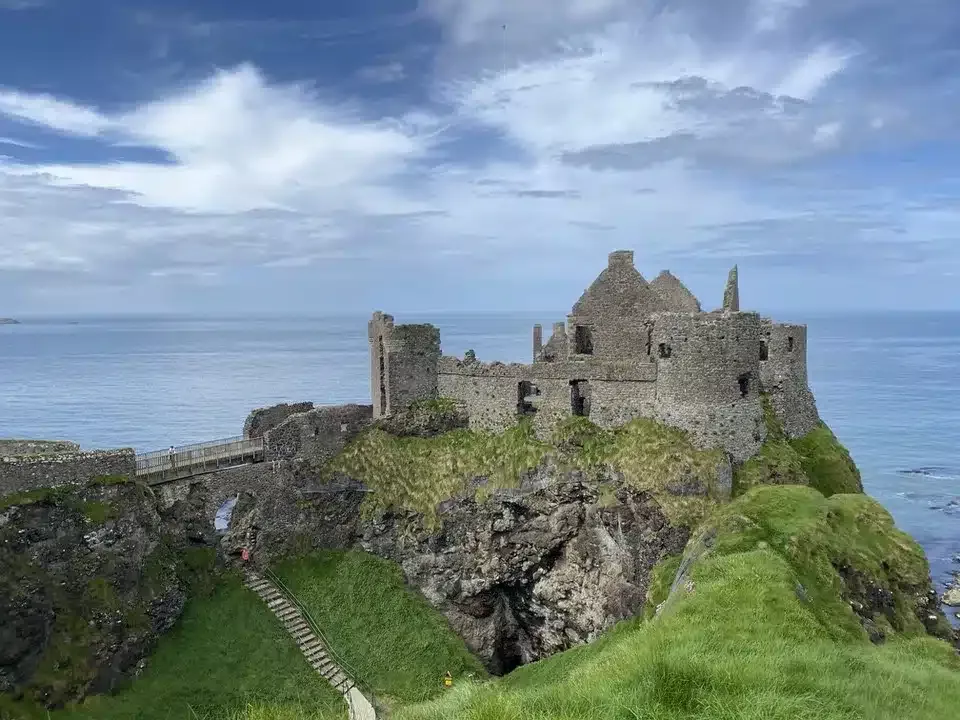
The answer to my question above is County Antrim, located on the north-east of the island of Ireland. Top marks if you knew that already! Maybe some of your own Irish ancestors come from County Antrim? Do leave a comment below and let me know.
I chose to write about County Antrim after receiving this note from Mary Carson, one of our Green Room members:
“My ancestors left County Antrim about 1867. They were Carsons and lived around the town of Antrim itself. Do you know when my Carson family might have arrived in that part of Ireland – and where did they come from? Thank you, Mary Carson.”
Thanks for that Mary. You are quite right to suggest that the Carson surname “arrived in Ireland” – so for the rest of this letter we’ll chat a little about the history of County Antrim, the most numerous surnames in County Antrim, the surname Carson and when your ancestors are likely to have arrived in Ireland.
The Most Populated County in Ireland.
County Antrim is one of thirty-two counties on the island of Ireland and was named after the town of Antrim, located on the shores of Lough Neagh. Antrim town received its anglicised name from the Irish “Aontriom”, meaning “lone ridge”. Most of the city of Belfast is located in County Antrim which certainly accounts for some its growing population by the early 20th century. Also, the county of Antrim is probably the most “colonised” county in Ireland from the 1400s onwards – and that has a lot to do with its proximity to Scotland.
If you examine a map of Ireland and focus on the north east of the island (especially County Antrim) you will notice how close the land mass of Ireland is to the land mass of Scotland. At their closest points, Ireland and Scotland are no more that twelve miles apart. Move down the coast a little, towards the city of Belfast, and you would be able to cross the 30 miles between Larne in Antrim and Stranraer in Scotland by ferry in just under two hours. This part of Ireland is much closer to the Galloway region of Scotland than it is to Dublin.
It’s important to bear this in mind as we consider family surnames that made up much of the population of County Antrim. There was an easy movement back and forward between these parts of Ireland and Scotland for thousands of years. Indeed, the great kingdom of the Dal Riada straddled the sea between the two land masses, occupying several parts of western Scotland and north east Ireland. The sea acted as an effective highway between the two parts of their kingdom. By the 1700’s and 1800’s it was not unknown to travel to Scotland in the morning to visit a relative, or attend a business meeting or religious ceremony and then to travel back home to Ireland later that very same day.
The Surnames of County Antrim.
By the time Ireland was considered for the “planting” of protestant English and Scottish families by the British administration in the 1500s, County Antrim had already been receiving settlers from the western parts and lowlands of Scotland. The population continued to grow as families arrived in Antrim to escape poor farming conditions, religious persecution and much more back in Scotland. Indeed, by the time the province of Ulster was divided into administrative counties in the 16th century, the counties of Antrim and Down had been previously carved out at a date unknown.
Next, let’s examine the effect of the influx of all of these Scottish and English families in County Antrim from the 1400s. If we look at the 1901 census for County Antrim (which included the city of Belfast) we see that it had the largest population of any county in Ireland – standing at 457,983 people. Dig a little deeper, and we find that the following surnames as the most numerous in County Antrim for 1901 (number of persons included in brackets):
Wilson (4507), O’Neill/Neill (4271), Johnston (3754), Thompson (3734), Campbell (3586), Smyth (3179), Stewart (3001), Moore (2878), Robinson (2738), Brown (2724), Bell (2659), Boyd (2499), Graham (2408), Martin (2170), Kennedy (2063), Reid (2058), Hamilton (2017), Scott (1910), Kelly (1904), Millar (1899), Magee/McGee (1875), Murphy (1765), Clarke (1750), McKeown (1745), McDowell (1732), Anderson (1705), Craig (1665), Montgomery (1605), Hill (1573) and Hunter (1557). The surname Carson shows further down the list at 1187 persons.
Three things are worth noting:
- Apart from the gaelic surnames of O’Neill, Kelly, Murphy (and maybe McKeown) – all of the other family surnames listed most likely arrived in Antrim from Scotland and England as settlers from the 1400s onwards.
- Antrim has one of the highest diversification of surnames in Ireland (at the other extreme, for counties like Tipperary, you will find gaelic surnames like Ryan dominating the listings). This reflects the fact that much of the population arrived in Antrim as individual settler families.
- By the time settlers re-migrated from Antrim to the colonies of America from the 1700s, their families lived in Ireland for generations and would have identified themselves as “Irish” on arrival in the colonies.
The Surname Carson.
Now, let’s go back to Mary Carsons original question: “Do you know when my Carson family arrived in that part of Ireland?”.
While the surname Carson sounds like a “patronymic surname” (e.g. it sounds like it might mean “son of Charles”), it is, in fact, believed to be a locative surname. It was first mentioned in Scotland about the year 1200AD and belonged to a clan established in the region of Galloway (remember I mentioned that part of Scotland as closest to the Antrim coast?) So, the name was well established in that part of Scotland by the 1400s and it is possible that Mary’s Carsons arrived in Ireland anytime from about the mid 1400s onwards. One thing is probable, the Carsons (at least in the early days) would have travelled back to Scotland on a regular basis to attend extended family gatherings etc. but probably lost touch with their Scottish cousins as the years went on.
Finally, to answer a question Mary did not ask – but one I often get – “is Carson an Irish surname?”.
My answer? Well, the name obviously has roots in Scotland. But, reflect on the fact that Mary’s Carsons MAY have been in Ireland all the way from the 1400s to the 1800s. I think they would have identified as many things, and being Irish was probably one of them.
What do you think?
Thank you to Mary for sharing her family surname question and I hope she discovers more on her own Irish Carson family as she progresses with the Green Room resources and help from our genealogists.
That’s it for this week and feel free to share your own family surnames, places and stories.
Slán for now,
Mike.

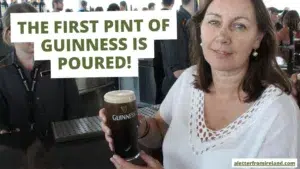
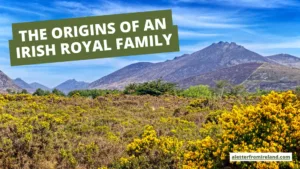
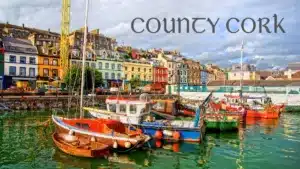

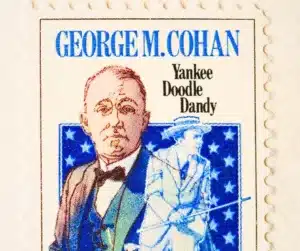
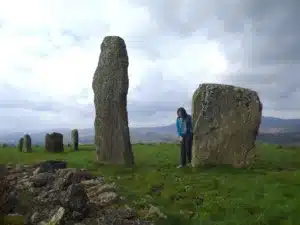
Only Plus Members can comment - Join Now
If you already have an account sign in here.